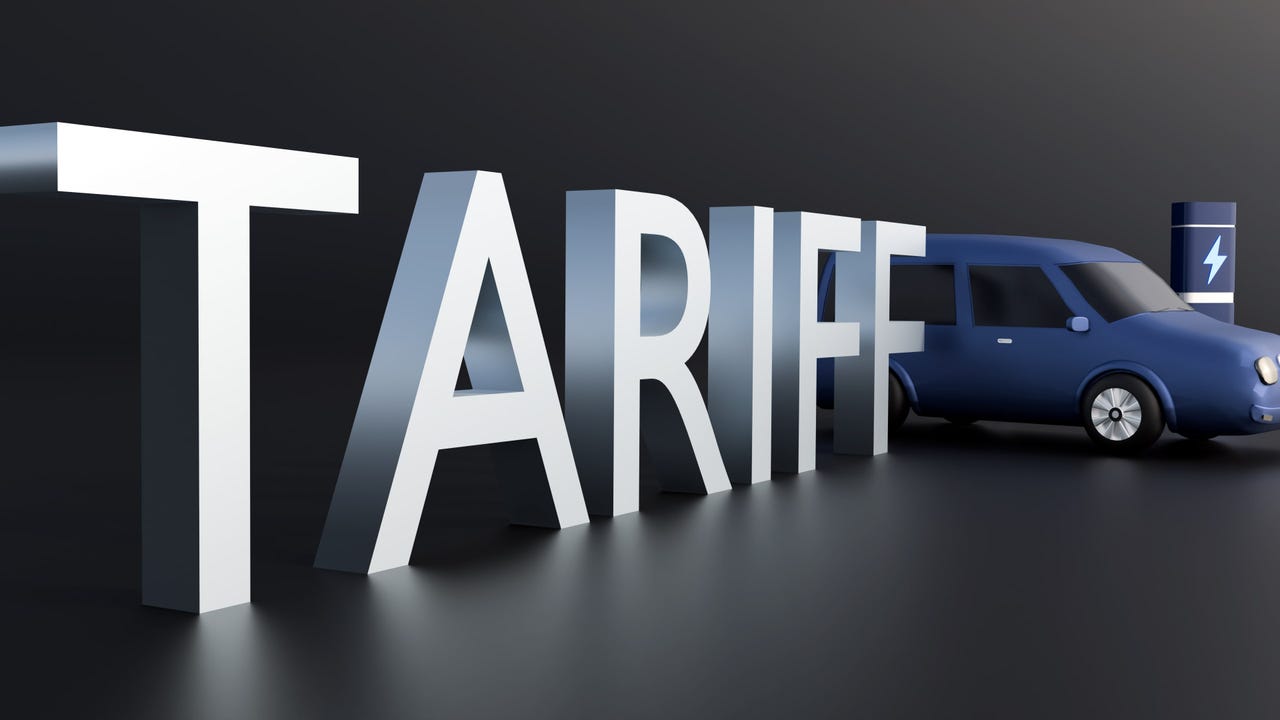
The average transaction price (ATP) for new vehicles held steady in May at $48,799, virtually unchanged from April’s revised figure of $48,811, according to new data from Cox Automotive’s Kelley Blue Book. Adding to retail woes is a slow new-vehicle sales pace, raising fresh concerns about dealer profitability heading into the summer.
Compared to May 2024, new-vehicle ATPs increased by just 1.0%, indicating limited pricing power even as costs continue to rise, according to Cox analysts.
“While tariff policy is adding uncertainty to the new-vehicle market, prices are holding remarkably steady, a reminder that auto industry change is often slow,” says Erin Keating, executive analyst at Cox Automotive, in a just-released report. “Many automakers are keeping true to a promise to hold the line on pricing, at least in the near term.
“We are still expecting prices to move higher through the summer, as the inflationary impact of tariffs begins to hit,” she notes, adding:“Right now, we believe dealer profitability is being squeezed, as costs on many products are going up, but raising retail prices in this environment is a real challenge.”
Sales Momentum Slips, Incentives Edge Up
The seasonally adjusted annual rate (SAAR) for May fell to 15.6 million, down sharply from April’s 17.3 million pace. To help offset weaker sales, incentive spending rose slightly to 6.8% of ATP ($3,297), up from 6.7% in April. That figure is also slightly above May 2024 levels, when incentives averaged 6.7% of ATP.
Still several automakers pulled back on discounts. Volkswagen, Mazda, Land Rover, Volvo and BMW all reduced incentive spending by more than 10% month-over-month. Chrysler, Jeep, and Ram also trimmed offers, reports Kelley Blue Book. On the flip side, Tesla, Toyota, and Nissan significantly boosted incentives in May. Even with more than a 20% jump, Toyota’s incentive levels remain below the industry average at just 4.1% of ATP.
Sticker Prices Creep Higher
The average manufacturers’ list price reached a 2025 high of $50,968 in May, up from $50,774 in April and 2.1% higher than May 2024. While that year-over-year growth is below the long-term average of 3.5%, rising MSRPs could indicate margin pressure for dealers if consumer resistance to higher prices remains strong. December 2024 still holds the record for the highest average MSRP at $51,990.
Segment Trends: Stability in SUVs, Growth in Pickups and Luxury
Prices held steady in key volume segments such as compact and midsize SUVs. Compact SUVs, the best-selling segment in the U.S., posted an average transaction price of $36,515 in May, with incentives ticking up slightly to 8.0% of ATP.
Meanwhile, small and midsize pickup trucks saw month-over-month ATP growth of 0.9% to $42,062, while incentives dropped from 6.0% to 5.9%. Luxury segments, including sports cars, luxury cars and luxury subcompact SUVs showed the most price growth in May.
EV Prices and Incentives Shift
As previously reported by Wards, affordability for electric vehicles improved in May as average transaction prices dropped and incentives surged. The estimated EV ATP fell to $57,734, down from a revised $59,123 in April and 1.1% lower than May 2024.
At the same time, EV incentive packages rose sharply to 14.2% of ATP, or $8,225 – more than double the industry average and the highest level since modern EV tracking began in 2018.
Tesla’s average transaction prices dropped 1.5% to $55,277 in May, down 2.8% year over year. While Model 3 and Cybertruck prices edged up less than 1%, prices declined across the rest of Tesla’s lineup. The Model Y, the top-selling EV in the country, dropped 2.9% month over month to $53,895.
So, what does that mean for dealers? With slower sales, higher incentives and manufacturers holding prices, dealers may continue to see its profits dip, say analysts. While some relief may come from higher manufacturers’ averages and strong truck and luxury vehicle pricing, dealers can expect to face tighter margins as they move into summer.
About the Author
You May Also Like

